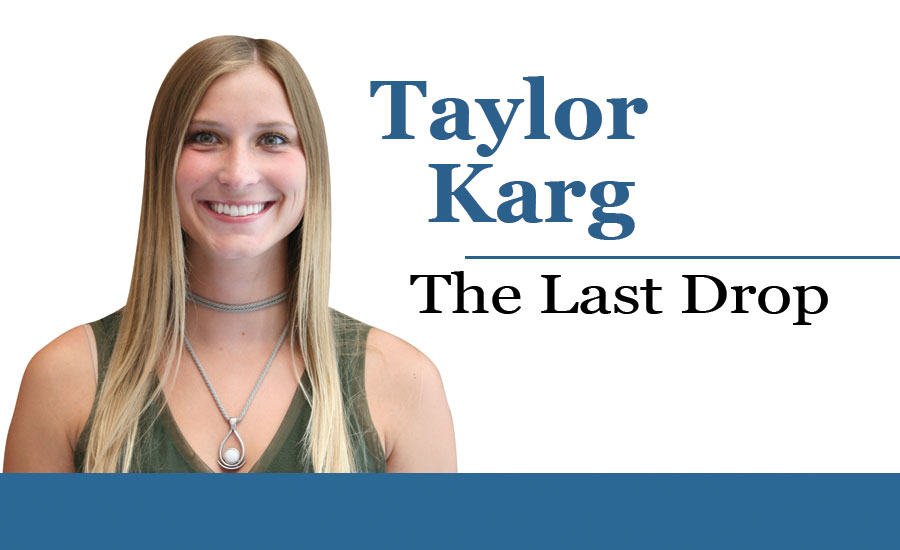As a young woman in the working world, I pay close attention to new media and statistics regarding the gender pay gap. In most cases, men still are earning more money than women and recent statistics reflect that trend.
According to the Pew Research Center, in 2018, women earned 85 percent of what men earned, based on the firm’s analysis of median hourly earnings of both full- and part-time workers in the United States, it said in a March news release. Based on this estimate, women would need to work an extra 39 days to earn what men did in 2018, it adds.
Much of the gap has been explained by several measurable factors including educational attainment, occupational segregation and work experience, the center notes. However, society is making some headway as the gender pay gap is down to 15 percent compared with the 36 percent gap in 1980.
Luckily for us, more companies are committed to closing the pay gap. For example, in 2018, Starbucks announced it reached 100 percent pay equity not only for men and women, but for people of all races performing the same work.
Last month, the coffee giant announced it joined 25 other United States employers in the Employers for Pay Equity Consortium to share a set of Pay Equity Principles intended to help stamp out the gender pay gap.
“The Pay Equity Principles we signed onto today — equal footing, transparency and accountability — were created not only to help us but also other organizations and businesses seeking to eradicate the pay gap,” said Kevin Johnson, chief executive officer of Starbucks, in a statement. “While the signatories to the Pay Equity Principles represent different industries facing different challenges to achieving pay equity, we all agree that by working together we can accelerate the elimination of the national pay gap.”
With leadership from Starbucks and other companies, we are getting closer to closing this gap for good.



